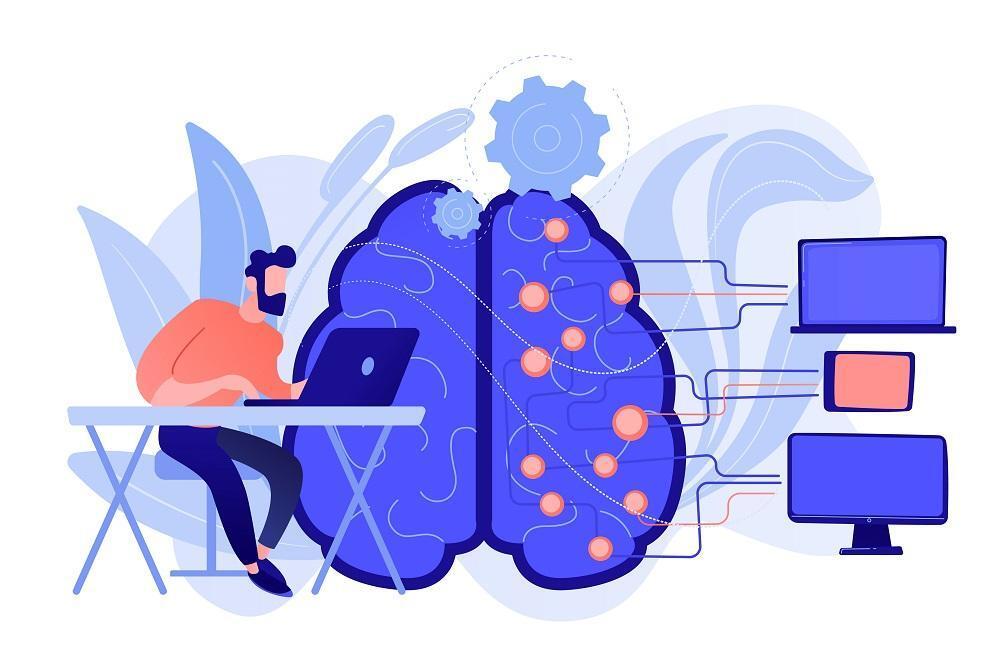In today's rapidly evolving business landscape, staying ahead of the curve is paramount. One crucial aspect that plays a pivotal role in a company's success is demand forecasting. Traditionally a complex and error-prone process, demand forecasting has witnessed a revolutionary transformation with the advent of Artificial Intelligence (AI). This article delves into the exciting realm of AI demand forecasting and its profound impact on reshaping various industries.
Introduction
The integration of AI into demand forecasting has triggered a monumental shift in how businesses strategize and make informed decisions. Gone are the days of relying on historical data and intuition; AI-driven forecasting offers unprecedented precision and adaptability.
Understanding Demand Forecasting
Demand forecasting involves predicting the future customer demand for a product or service, aiding businesses in making well-informed choices regarding production, inventory control, resource distribution, and marketing strategies. An effective demand forecasting method enables companies to avoid shortages, decrease surplus inventory, and ultimately elevate customer contentment.
In essence, demand forecasting is the act of foreseeing future customer demand for products or services, facilitating enlightened business decision-making.
The Limitations of Traditional Demand Forecasting
Traditional methods of demand forecasting commonly depend on historical data and statistical approaches. While these techniques offer some value, they face challenges when it comes to accommodating abrupt market changes, seasonal fluctuations, and external influences like economic recessions or global pandemics. This leads to imprecise predictions that can result in overlooked chances or expensive overstocking.
The Role of AI in Demand Forecasting
AI brings a remarkable paradigm shift to demand forecasting by processing vast datasets at lightning speed. Machine learning algorithms analyze intricate patterns, enabling accurate predictions even in volatile markets.
Benefits of AI-Powered Demand Forecasting
Enhanced Accuracy: AI algorithms continuously learn and improve, leading to more precise forecasts with minimal errors.
Real-time Insights: Businesses gain real-time insights, allowing them to adapt swiftly to changing market dynamics.
Optimized Inventory: AI prevents overstocking or understocking, optimizing inventory management and reducing costs.
Informed Decision-making: Executives can make strategic decisions backed by data-driven forecasts, minimizing guesswork.
Industries Transformed by AI Demand Forecasting
Retail and E-Commerce:
The integration of AI into demand forecasting has brought about a revolution in the retail and e-commerce sectors. By harnessing AI-driven predictions, retailers can accurately anticipate consumer trends and adjust their inventory levels accordingly. This leads to a finely tuned supply chain where products are readily available, minimizing stockouts and ensuring satisfied customers. Additionally, AI forecasting aids in reducing waste by aligning production with actual demand, a win-win scenario for both business and sustainability efforts.
Manufacturing:
In the manufacturing domain, AI-powered demand forecasting has transformed the way production lines operate. Manufacturers can now fine-tune their production schedules based on accurate predictions, effectively eliminating inefficiencies caused by overproduction or underproduction. This optimization not only reduces operational costs but also contributes to more sustainable manufacturing practices. The result is a well-balanced supply of products that aligns seamlessly with consumer demand.
Supply Chain Management:
The advent of AI-driven forecasts has elevated the capabilities of supply chain managers. They now have the tools to proactively address potential disruptions and enhance overall logistics efficiency. By gaining insights into future demand patterns, supply chain professionals can fine-tune their strategies, minimize lead times, and ensure a smoother flow of goods from production to distribution points. This ultimately translates into better customer service and operational resilience.
Finance and Investment:
The financial sector has experienced a significant transformation with the incorporation of AI into demand forecasting. Investors and financial analysts leverage AI-generated forecasts to make more informed decisions in various domains, such as stock trading, portfolio management, and risk assessment. By tapping into the power of AI, they can identify market trends, assess risk factors, and adjust investment strategies accordingly, leading to potentially higher returns and optimized risk management.
Healthcare:
AI demand forecasting has found a crucial role in healthcare operations. Hospitals and healthcare providers utilize AI predictions to foresee patient admissions, enabling them to allocate staff resources efficiently and ensure optimal patient care. Furthermore, AI-driven forecasting aids in managing the inventory of critical medical supplies. This capability proves invaluable, especially during times of crisis or unexpected surges in demand, allowing healthcare facilities to maintain adequate supplies and respond effectively to emerging needs.
Challenges and Limitations
While AI holds immense potential, challenges such as data privacy, algorithm bias, and the need for expert oversight must be addressed to harness its benefits effectively.
Implementing AI Demand Forecasting
Successful implementation requires a clear strategy, quality data, and collaboration between data scientists and domain experts.
Human-AI Collaboration for Enhanced Accuracy
Human expertise coupled with AI capabilities forms a powerful synergy that leads to more reliable forecasts and better strategic decisions.
Ethical Considerations in AI Forecasting
Guarding against bias and ensuring transparency in AI algorithms are critical to building trust and fostering responsible use.
Future Prospects of AI in Forecasting
Amid the AI revolution, the human element remains invaluable. Creativity, empathy, and critical thinking are irreplaceable qualities that complement AI's analytical prowess. As AI technology advances, we can expect even more granular and accurate forecasts, revolutionizing business operations further.
Conclusion
The synergy between AI and demand forecasting is reshaping industries across the board. AI's ability to decipher complex patterns and generate accurate predictions empowers businesses to navigate challenges and seize opportunities with confidence.
